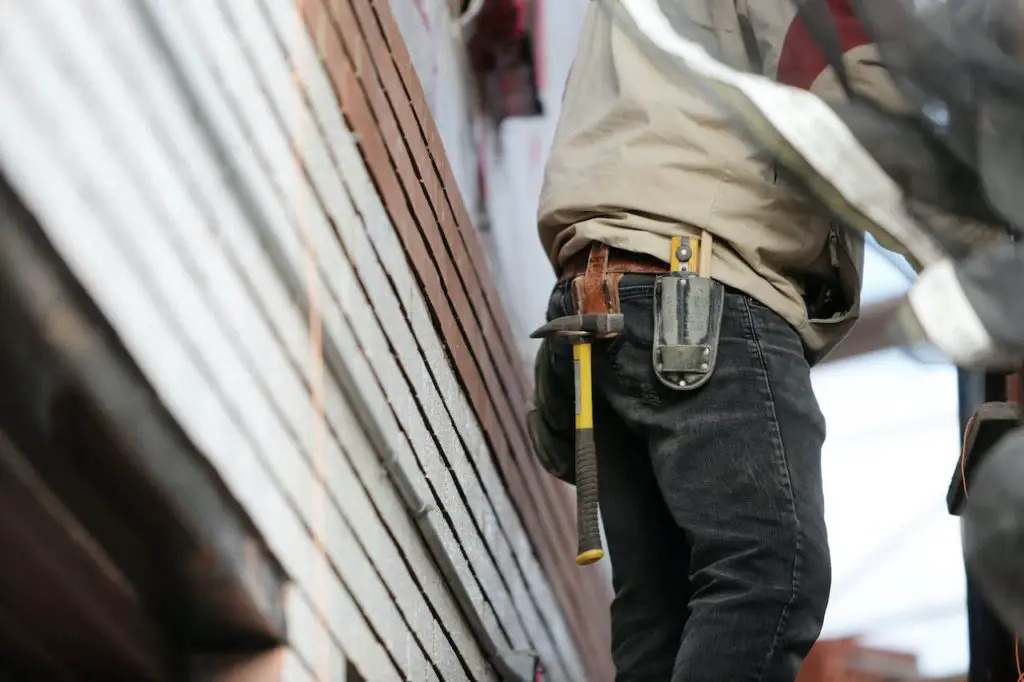If a contractor finishes a project on your property, the next step is to pay them according to the terms of your agreement. But what if that contractor has been unavailable after completing the project? Can they return to claim the unfinished payments even after a year?
This was the subject of a viral video attorney Ugo Lord reacted to on TikTok and YouTube, giving his expert legal opinion on the matter.
The video began with a contractor approaching a door camera and greeting the homeowner before saying, “I’m just popping around to get the 50% of the money you owe me, which is 12.5 grand”.
Afterward, the homeowner replied that he had the money a year ago but couldn’t deliver it since the contractor failed to respond to messages and calls. While the contractor explains the reason for his absence, the conversation becomes aggressive as the contractor says, “So…you’re not gonna pay me for the work I’ve done?”.
Can the contractor still collect payment?
According to Dr. Lord, “This contractor legally lost his right to put a lien on the house because mechanics’ liens have to be done within a certain number of weeks after the work was performed”.
“But when applying California law to this video…” he continues, ”…a contractor has up to four years under the statute of limitations to collect payment.” Therefore, in places like California, the homeowner must still legally complete the 12.5 grand payment.
What’s a Mechanics Lien?

A mechanics lien is a way for an unpaid contractor, subcontractor, worker, or supplier to claim your property as a security for their payment, like collateral for a loan. A contractor can register it with the county office where the property is located. If the homeowner does not pay, the contractor can sue them and sell their property to satisfy the lien.
A lien can happen if the main contractor, also called a “direct contractor” or a “general contractor”, does not pay the subcontractors or vendors who helped them with the work. By law, a homeowner is responsible for paying subcontractors, even if the homeowner has already paid the general contractor.
However, in California, contractors must file their mechanic’s lien within 90 days after completion of the work or delivering their goods for the project. An owner can reduce the amount of time a contractor has to file a lien by filing a Notice of Completion with the county recorder’s office after the work is complete. This shortens the time to file a lien down to 60 days for a contractor and 30 days for a subcontractor.
What about The Statute of Limitations?
On the other hand, the statute of limitations is how long you have to sue someone; otherwise, you lose your right to do so. It’s also worth mentioning that different types of cases have other time limits; for example:
Personal injury: In California, you have two years from the date of Injury to file a lawsuit. If you did not know you were hurt right away, you have one year from when you discovered the Injury to file.
Breach of a written contract: In a breach of contract case, you have four years starting from when the other party broke the contract.
Breach of an oral contract: The law acknowledges unwritten agreements as long as there’s proof, and afterward, you have two years to sue.
Property damage: The property owner has three years to sue and claim damages from when the destruction happened.
Claims against government agencies: You must file a claim with the agency first, within six months or one year, depending on the case. If they reject your claim, you can sue in court, but you must follow strict rules and deadlines for government claims.
What Happened After the Clip?
We don’t know what happened after the viral clip, but some YouTube commenters pointed out that the homeowner says he wants to pay the contractor, but he doesn’t have the money right then and there.
Whether they took the case to court or reached an agreement is unknown; nevertheless, the contractor is operating within his rights. Therefore, the homeowner must complete the payment as soon as possible.

